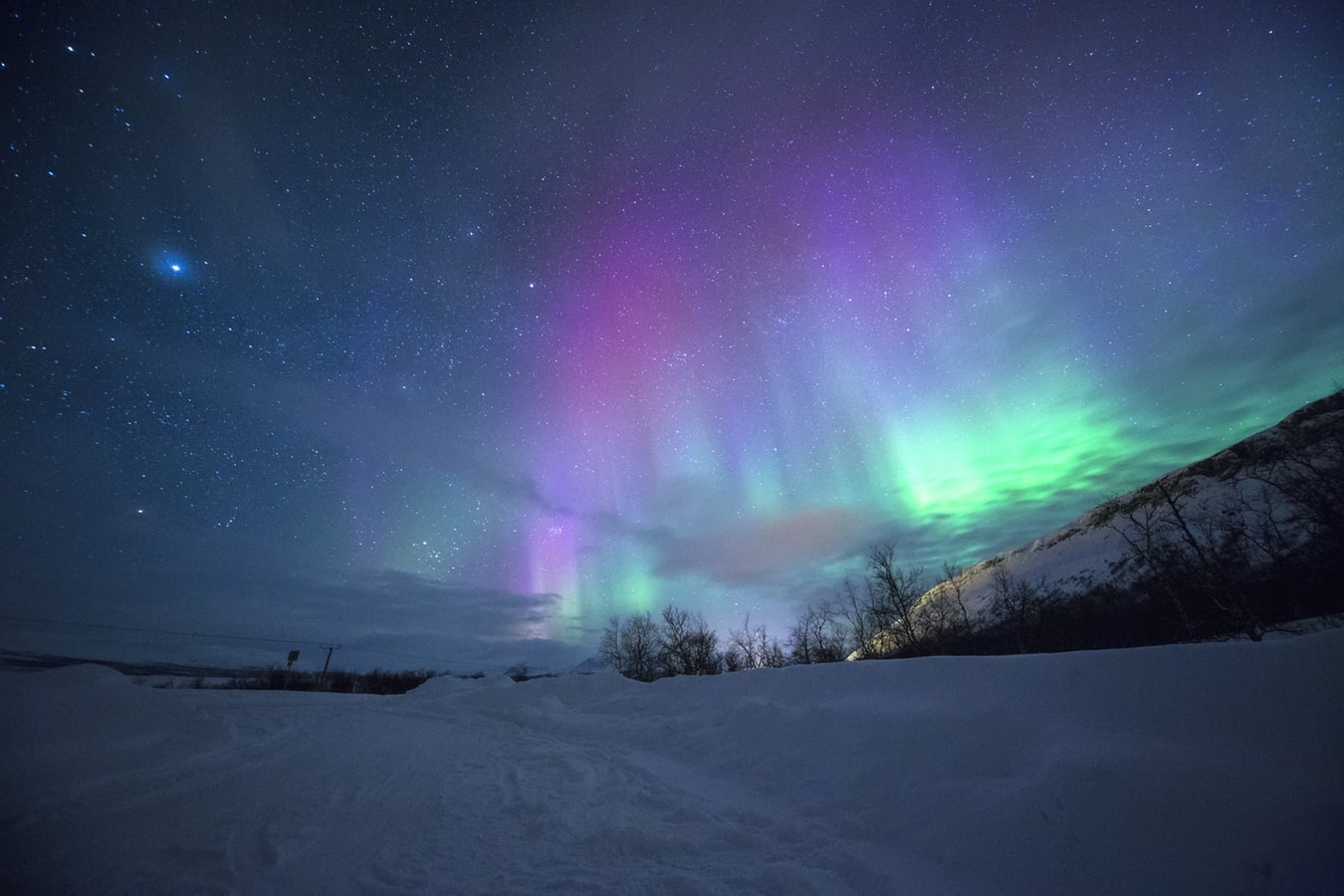Descripción/Description:
Postdoctoral position available at INAF-OAS Bologna for 2 years (deadline on December 22nd) with title “The connection between AGN and massive gas reservoirs in protoclusters”.
The official call (in Italian and English) is available here:
http://www.inaf.it/it/lavora-con-noi/assegni-di-ricerca/assegno-di-ricerca-201cthe-connection-between-agn-and-massive-gas-reservoirs-in-protoclusters201d
The selected candidate will study the properties of the AGN population in protoclusters at z=2-3, the connection with the presence of massive gas reservoirs identified as Extremely Large Lya Nebulae in such systems, the effect of AGN feedback on the surrounding environment, and the physics of
ionisation and excitation of the diffuse gas.
The activity will focus primarily on the analysis and interpretation of proprietary X-ray data recently obtained via a Chandra Large Program for this purpose, complemented with other proprietary and archival multi-wavelength datasets obtained with VLT/MUSE, ALMA, and optical/IR imagers.
The postdoc will join a collaboration including researchers based at INAF-OAS Bologna and University of Bologna, as well as international institutes such as MPA (Germany) and UC Santa Cruz (USA).
The nominal start of the position is on March 1st, but the exact date is flexible.
Please share this message with any potentially interested candidate.
For any question on the position, please contact me at fabio.vito@inaf.it
INAF-OAS, the host institution, is placed in a particularly privileged context: other institutes in the same research area are the Department of Physics and Astronomy of the University of Bologna, the Institute of RadioAstronomy, the Italian node of the ALMA Regional Center, the Cherenkov Telescope Array Headquarters.
These institutes together count 200 staff scientists and almost 300 astronomers including graduate students and postdocs, forming one of the largest astronomical campus in Europe.
